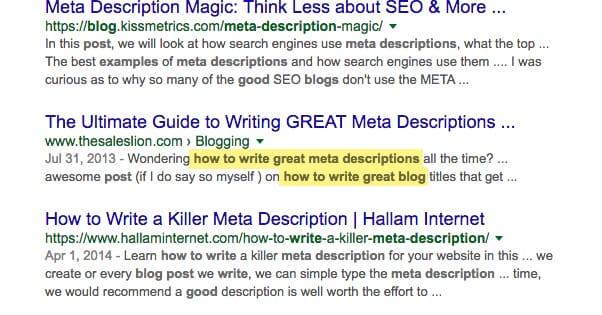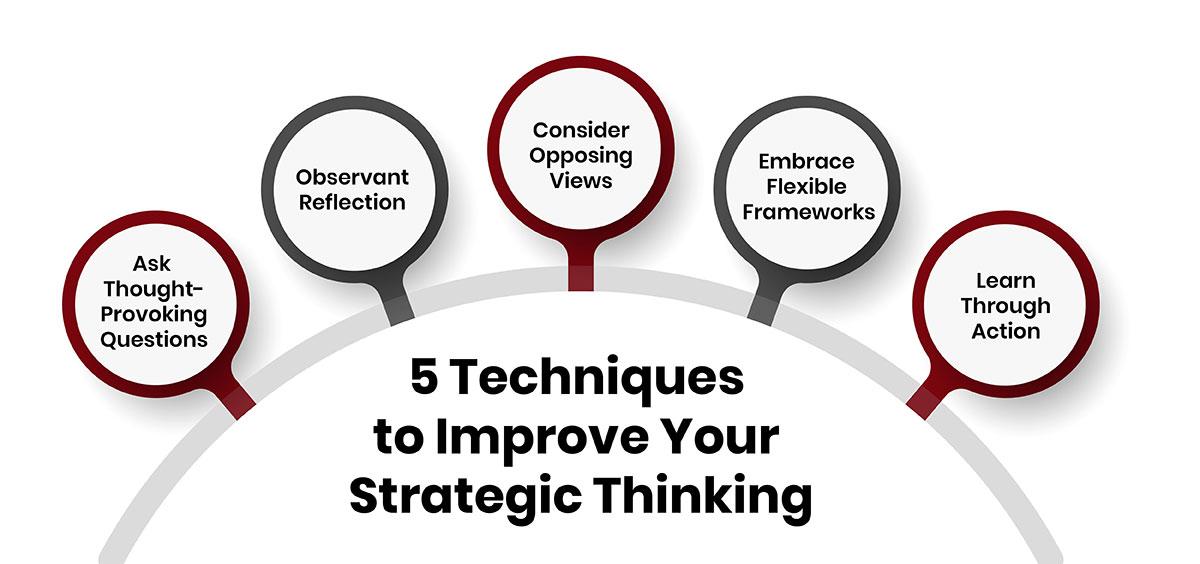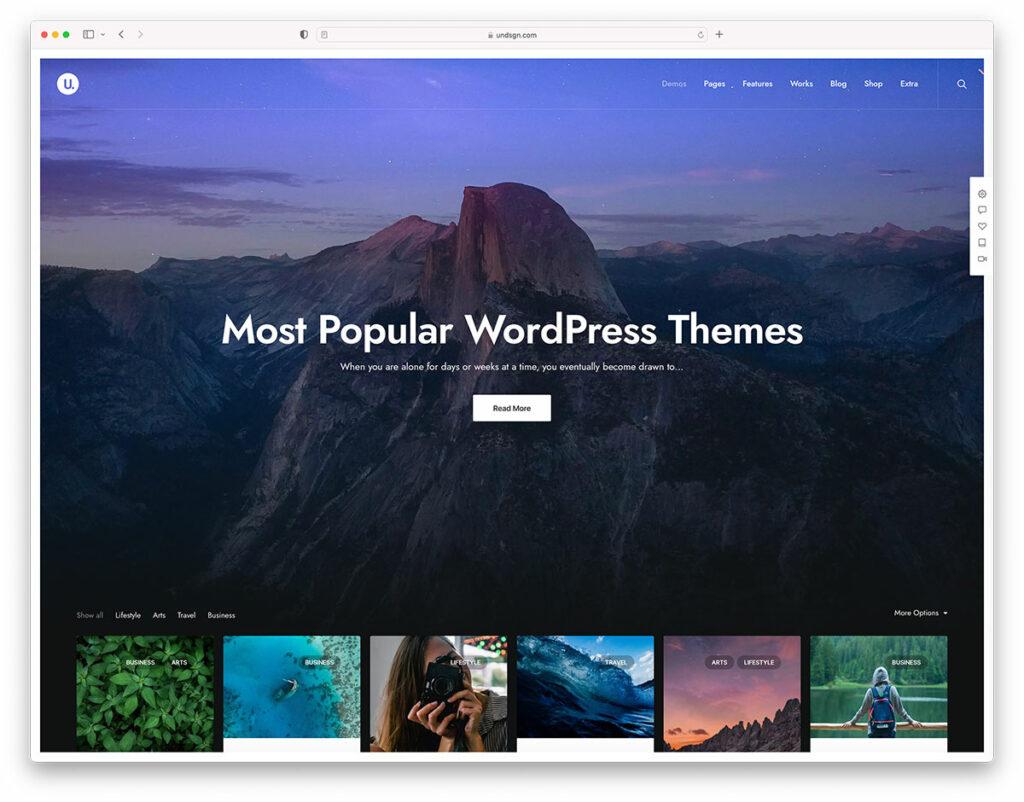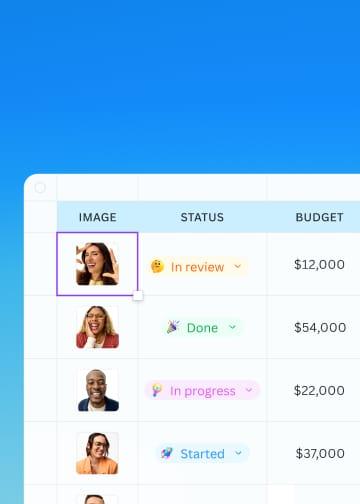Are you ready to unlock the secret to getting more clicks on yoru website? If you’ve ever wondered how to make your content stand out in a sea of search results, you’re in the right place! In the digital world, your meta description is like a first impression—it’s what draws potential visitors in and convinces them to choose your link over countless others. But crafting the perfect meta description can feel like a daunting task. Don’t worry, though! In this article, we’re going to demystify the process and share 18 compelling meta description examples that will inspire you. Plus, we’ll provide you with essential tips to create your own irresistible summaries. So, whether you’re a seasoned pro or just starting out, let’s dive in and transform your meta descriptions into powerful tools for driving traffic to your site!
The Importance of Meta Descriptions for SEO success
Meta descriptions serve as your website’s first impression in search engine results. They are brief snippets of text that summarize the content of your page and play a crucial role in attracting clicks. When crafted effectively, a well-written meta description can boost your click-through rates (CTR) substantially, leading to increased traffic and improved search engine rankings.
Here are some essential elements to consider for an impactful meta description:
- Length: aim for around 150-160 characters to ensure your description isn’t truncated in search results.
- Keywords: Incorporate primary keywords naturally to align with user search intent,but avoid keyword stuffing.
- Call to Action: Engage users with compelling action verbs like “Discover,” “Learn,” or “Join” to encourage click-throughs.
- Unique Value Proposition: Highlight what makes your content unique or beneficial to the reader to stand out from competitors.
In addition, testing and optimization are essential. regularly review the performance of your meta descriptions through analytics tools. If certain descriptions consistently underperform, don’t hesitate to tweak them. A/B testing can be notably useful in finding the right wording that resonates with your audience.
| Best Practices | Examples |
|---|---|
| clear and Concise | “Explore our extensive collection of eco-friendly products designed for sustainable living.” |
| Engaging Language | “Unlock the secrets to mastering SEO with our complete guide!” |
| Highlight Benefits | “Get personalized travel itineraries that fit your unique style and budget!” |
Ultimately, meta descriptions are not just a formality; they are a vital component of your SEO strategy. By taking the time to craft thoughtful, engaging meta descriptions, you can significantly improve your visibility and attract the right audience to your site. Remember, every click counts, and a strong meta description can make all the difference in your SEO success.

What Makes a Compelling Meta Description stand Out
Crafting a meta description that grabs attention is an art that balances creativity with strategic insight. A standout meta description should be concise, typically ranging from 150 to 160 characters, and should encapsulate the essence of your content while enticing users to click. Here are some key elements that can transform a mundane description into a compelling one:
- Targeted Keywords: Integrate relevant keywords seamlessly to improve visibility in search results. This not only helps in SEO but also lets readers know that your page addresses their needs.
- Clear Value proposition: Clearly articulate what readers can expect to gain. Will they learn something new? Get a solution to their problem? Highlight this directly.
- Emotional Appeal: Use language that evokes emotion. Words like discover, unlock, or transform can create a sense of urgency or curiosity that compels clicks.
- Call to Action: Incorporate an inviting call to action that encourages users to take the next step, such as “learn more,” “Get started today,” or “Join us now!”.
Another effective tactic is to keep the tone consistent with your brand voice. A playful or quirky description might resonate well for lifestyle blogs, while a more professional tone is suitable for buisness or finance-related content. This consistency helps establish trust with your audience.
moreover, consider formatting your meta description with attention-grabbing symbols or emojis to stand out in the search results, though use them sparingly to maintain professionalism. While it’s not a standard practice, it can make your description pop and draw the eye.
remember to test and iterate. Analyze the performance of different meta descriptions using tools like google Search Console to see which ones attract more clicks, allowing you to refine your approach continually. A/B testing can reveal valuable insights into what resonates best with your audience.
Crafting the Perfect Length for your Meta Descriptions
When it comes to crafting effective meta descriptions, length plays a crucial role in conveying your message while enticing users to click through to your content. The ideal meta description typically falls within the 150-160 characters limit. This ensures that it is fully displayed in search engine results, capturing the attention of potential visitors without getting cut off.
To create a compelling meta description, consider the following tips:
- Be concise: Use clear and direct language to convey your point. avoid fluff and unneeded jargon.
- Incorporate keywords: Including relevant keywords boosts your SEO and helps users quickly identify the relevance of your content.
- Include a call to action: Phrases like “Learn more,” “Discover,” or “Get started” can motivate users to click.
Additionally, pay attention to your audience’s needs. A well-crafted meta description not only summarizes your content but also addresses the searcher’s intent. Think about what information they are seeking and how your content fulfills that need. Here’s a simple table illustrating different lengths and their effectiveness:
| Character Count | Visibility | Effectiveness |
|---|---|---|
| 100-130 | Partially visible | Low engagement |
| 140-160 | Fully visible | High engagement |
| 170+ | Cut off | Low visibility |
Lastly, don’t forget to regularly revisit your meta descriptions. As trends and user behaviors evolve, freshening up your descriptions can keep your content relevant and appealing. By adhering to these strategies, you can craft the perfect length and content for your meta descriptions, ultimately driving more traffic to your site and enhancing user engagement.

incorporating Keywords Naturally in Your meta Descriptions
When crafting meta descriptions, it’s essential to weave in your target keywords in a way that feels organic and engaging. This not only helps improve your SEO but also enhances the likelihood of click-throughs by making your content more appealing. Here’s how to seamlessly integrate keywords into your meta descriptions:
- Prioritize Relevance: Ensure your keywords directly relate to the content of the page. This alignment boosts both user satisfaction and search engine ranking.
- Keep it Conversational: Write as if you’re speaking to a friend. Use natural language that resonates with your audience while incorporating your keywords naturally.
- Use Active Voice: Active voice creates a sense of urgency and encourages users to take action. It can make your keyword placement feel more dynamic and less forced.
Consider the following examples of effective meta descriptions that incorporate keywords smoothly:
| Keyword Focus | Example Meta Description |
|---|---|
| Healthy Recipes | Explore our collection of healthy recipes that make eating well easy and delicious! |
| Travel tips | Discover essential travel tips to make your next adventure unforgettable! |
| Digital Marketing | Master digital marketing strategies that boost your online presence and drive traffic. |
Another key strategy is to position your keywords at the beginning of the description when possible. This not only attracts search engines’ attention but also captures the interest of users quickly. Additionally, don’t shy away from using synonyms or related phrases. This creates a more varied and compelling narrative while still targeting your main keywords.
Lastly,remember to keep your meta descriptions concise—ideally between 150-160 characters. This not only ensures that your entire message is displayed in search engine results but also forces you to focus on the most impactful wording. By integrating keywords thoughtfully, you can enhance both the visibility and appeal of your content, driving more traffic to your site.
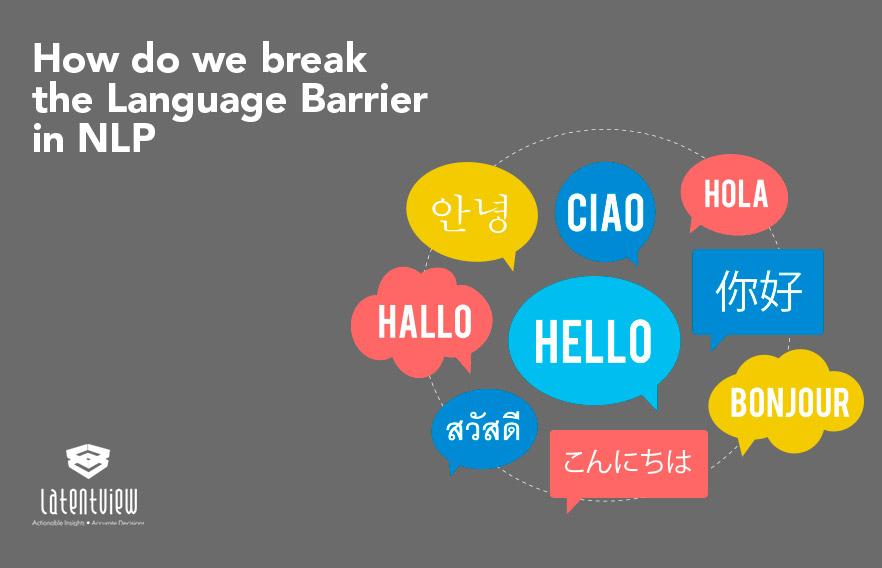
Using Actionable Language to Boost Click-Through Rates
When crafting meta descriptions, the language you use can significantly impact your click-through rates (CTR). By incorporating actionable language, you invite readers to engage with your content and feel a sense of urgency. Here are some strategies to infuse your meta descriptions with that all-important action-oriented flair:
- Use Strong Verbs: Start your descriptions with dynamic verbs that encourage immediate action. Words like “Discover,” “Uncover,” and “Start” are excellent for sparking interest.
- Create a Sense of Urgency: Phrases such as “Limited time offer” or “Act now!” can make users feel they might miss out if they don’t click right away.
- Offer Clear Benefits: Highlight what users will gain by clicking through. phrases like “Learn how to save,” “Get expert tips,” or “Find your perfect solution” can be very effective.
It’s also helpful to keep the tone conversational yet persuasive. Imagine you’re having a friendly chat with your audience; your goal is to encourage them to take action. Using questions can pique curiosity—try phrases like, “Ready to transform your life?” or “Want to know the secret?” these not only engage the reader but also invite them to seek answers in your content.
| Actionable Language | Example Meta Description |
|---|---|
| Discover | Discover the 10 secrets to mastering digital marketing today! |
| Learn | Learn how to boost your productivity with these simple tips! |
| Join | Join our community of experts and take your skills to the next level! |
always remember to tailor your language to your target audience. What works for one demographic might not resonate with another. Testing different versions of your meta descriptions can provide insights into what kind of actionable language effectively drives traffic. use analytics tools to track performance and refine your approach based on user engagement.
actionable language is about more than just words; it’s about creating an irresistible invitation for users to click. By using strong verbs, instilling a sense of urgency, and clearly articulating the benefits, you’re not just selling a click—you’re selling an experience.Take the time to craft your meta descriptions, and watch your CTR soar!
Examples of High-Performing Meta Descriptions
Crafting a compelling meta description is essential for enhancing your click-through rates. Here are some high-performing examples that can serve as inspiration:
- Travel blog: “Discover the hidden gems of Italy! Uncover local secrets, top attractions, and must-try dishes for an unforgettable vacation. Click to explore!”
- Fitness App: “Join thousands who transformed their lives! Get personalized workout plans and nutrition tips tailored just for you. start your journey today!”
- Online Course: “Unlock new career opportunities! Enroll in our expert-led courses and gain skills that employers are looking for. Limited spots available!”
- Recipe Website: “Whip up gourmet meals in 30 minutes or less! Discover easy, delicious recipes that will impress your family and friends. Check it out now!”
- Fashion E-Commerce: “Step into style! Shop the latest trends at unbeatable prices and elevate your wardrobe today. Free shipping on orders over $50!”
These examples not only include a clear call-to-action but also highlight the unique value propositions of the respective services and products. Let’s take a closer look at why these descriptions work:
| Element | Description |
|---|---|
| Urgency | using phrases like “limited spots available” creates a sense of urgency, prompting users to act quickly. |
| benefits | Highlighting specific benefits, such as “personalized plans” or “free shipping,” makes the offer more appealing. |
| Engaging language | words like “discover,” “unlock,” and “whip up” create an engaging tone that encourages clicks. |
When writing your own meta descriptions,consider incorporating these elements. Tailoring your content to reflect your brand’s voice while maintaining clarity and relevance can significantly boost your visibility in search results.
Experiment with different styles and formats to see what resonates best with your audience. Remember, a well-crafted meta description isn’t just a summary; it’s a powerful marketing tool that can entice users to choose your page over others.
Common Mistakes to Avoid When Writing Meta Descriptions
When crafting meta descriptions, it’s easy to fall into common traps that can undermine your SEO efforts. Here are some pitfalls to avoid:
- Exceeding Character Limits: Aim for 150-160 characters.Descriptions longer than this may get cut off in search results, leaving out crucial information.
- Keyword Stuffing: While including relevant keywords is important, overloading your description can result in a spammy feel. Focus on natural language that flows well.
- Lack of Call-to-Action: Always include a clear call-to-action (CTA). Phrases like “Learn more,” “Discover,” or “Get started today” can entice users to click through.
Another common mistake is neglecting to personalize your messages. Tailoring your descriptions to match the intention of your target audience can significantly impact your click-through rates.Consider what your audience is searching for and what they find appealing. Here are some ideas:
- Ask Questions: Posing a question in your meta description can spark curiosity.
- Showcase Benefits: Highlight what users will gain by clicking on your link.
- Use Emotional Triggers: Emphasize urgency or exclusivity to encourage immediate action.
don’t forget to test and update your meta descriptions periodically. A/B testing different versions can help you identify which phrases resonate better with your audience. Below is a simple table to track your findings:
| Version | Clicks | Impressions | CTR (%) |
|---|---|---|---|
| Version A | 120 | 1000 | 12 |
| Version B | 150 | 900 | 16.67 |
By avoiding these mistakes and refining your meta descriptions, you can significantly improve your search visibility and user engagement. Remember, the meta description is an opportunity to make a first impression—make it count!
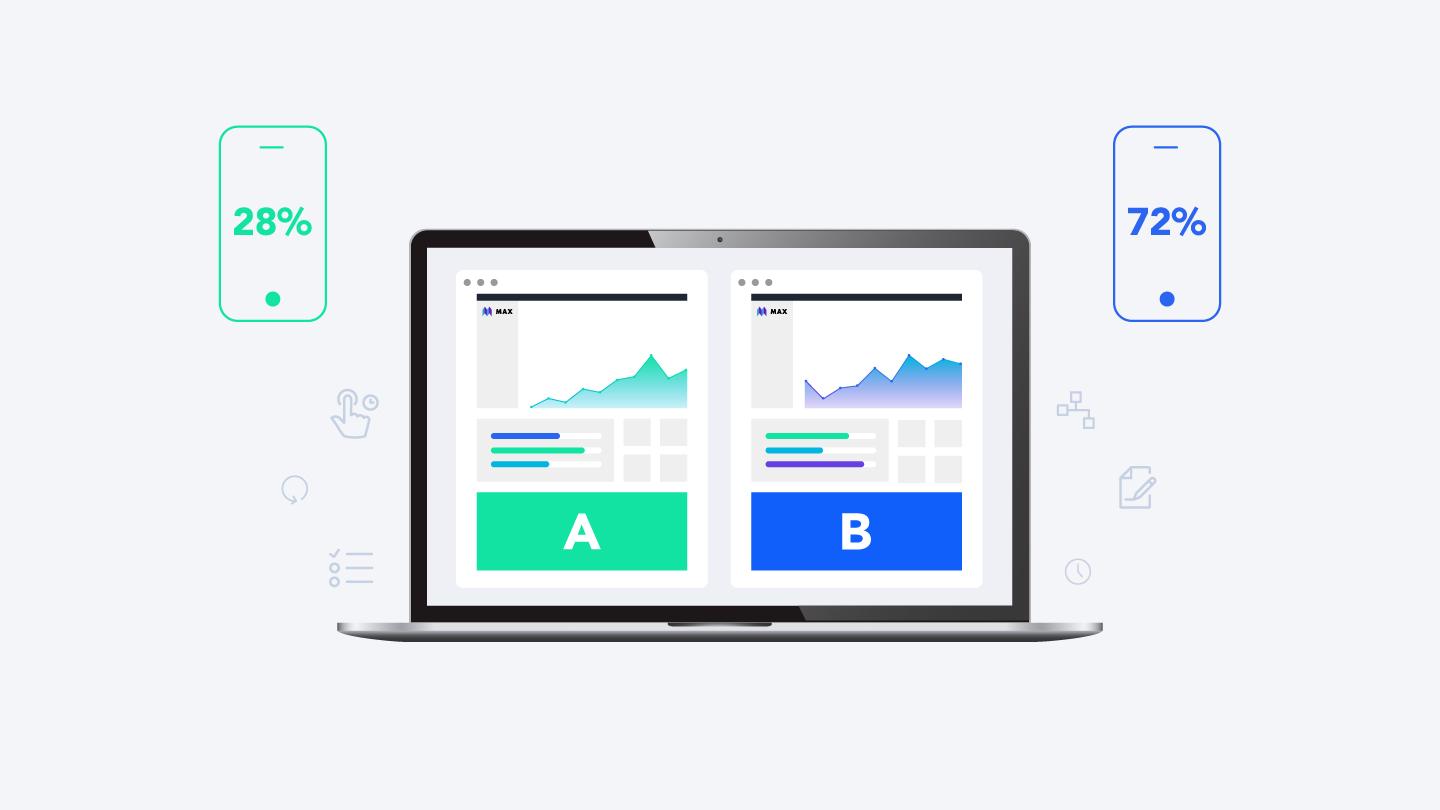
A/B Testing Your Meta Descriptions for Maximum Impact
A/B testing your meta descriptions is a powerful strategy that can significantly enhance your click-through rates and ultimately boost your SEO performance. By comparing two different versions of a meta description, you can gather data on which one resonates more with your audience, leading to informed decisions about your content strategy.
To start A/B testing, create two distinct meta descriptions for the same webpage. Make sure to vary elements such as:
- Word choice: Experiment with different verbs or adjectives to see which creates a stronger emotional response.
- Length: Try both concise and more detailed descriptions to see what captures user interest better.
- Call-to-action (CTA): Use different CTAs, like “Learn More” vs. “Discover now,” to gauge which prompts more clicks.
once you have your variations, implement them in a controlled surroundings. Use tools like google Search Console or SEO software to track the performance metrics. Key metrics to focus on include:
| Metric | Description |
|---|---|
| Click-Through Rate (CTR) | Percentage of users who click on your link after seeing it in search results. |
| Impressions | Number of times your webpage appears in search results. |
| Average Position | Your page’s ranking position in search results. |
After a sufficient testing period, analyze the data to determine which meta description performed better. This analysis will not only inform your current optimization efforts but also help you refine your meta description writing process moving forward. Remember, A/B testing is not a one-time task; it should be a regular part of your SEO strategy to continuously adapt to changing audience preferences.
consider sharing your findings with your team or in your content strategy meetings. Insights from A/B testing can lead to broader discussions about effective interaction and marketing tactics that may benefit other areas of your business. Keep experimenting,and don’t hesitate to iterate on your winning meta descriptions to keep them fresh and relevant.
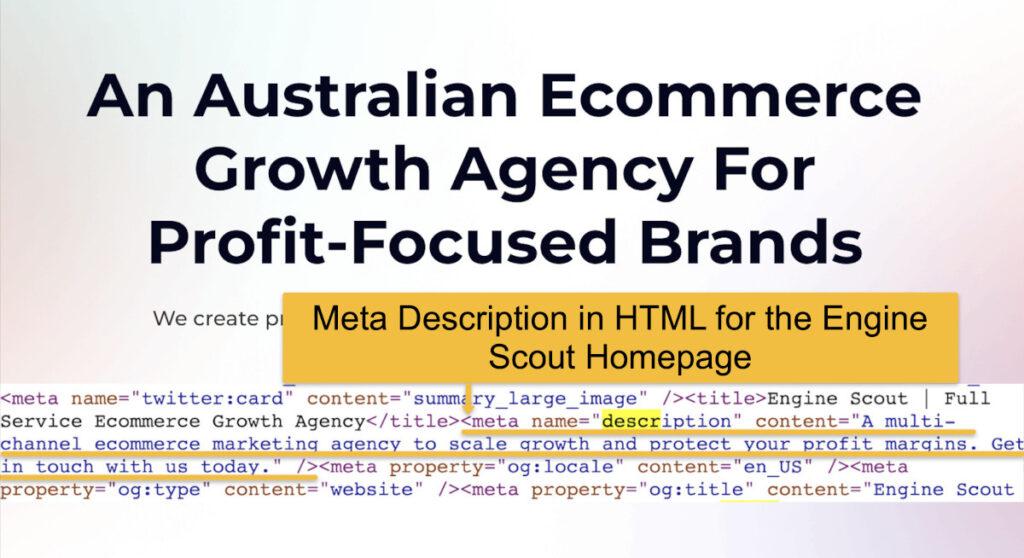
How to Tailor Meta Descriptions for Different Content Types
Tailoring meta descriptions for different content types is essential in attracting clicks and improving search engine visibility. Each type of content serves a unique purpose, and reflecting that in your meta description can significantly enhance user engagement. Here are some strategies to consider:
- Blog Posts: Highlight the main takeaway or benefit. Use action-oriented language that encourages readers to click through. For instance, “Discover the secrets to a peaceful morning routine that can transform your day!”
- Product Pages: Focus on features and benefits. Incorporate persuasive language that addresses the customer’s needs. such as, “Upgrade your gaming experience with our ultra-fast, responsive gaming mouse—designed for champions!”
- Service Pages: Emphasize solutions and trust. Consider including testimonials or guarantees to bolster credibility. A meta description like “Join thousands of satisfied clients who’ve transformed their lives with our expert coaching services—book your free consultation today!” works well.
- Landing Pages: Use urgency or exclusivity. Convey a sense of immediate action, such as, “Limited time offer: Sign up now to receive 20% off your first order and join our exclusive members’ community!”
- Video Content: Capture excitement and clarity. Make it clear what the viewer will gain,e.g., “Watch our latest tutorial to master the art of Italian cooking in under 30 minutes—easy recipes await!”
when creating meta descriptions, consider using a table to help outline key components for various content types. This approach not only organizes your thoughts but also ensures you’re covering all essential elements.
| Content Type | Key Focus | Example Meta Description |
|---|---|---|
| Blog Post | Takeaway | “Unlock the secrets of effective time management with our ultimate guide!” |
| Product Page | Features | “Experience unparalleled sound quality with our premium wireless headphones.” |
| Service Page | Trust | “Get personalized financial advice from certified experts—schedule your free consultation now!” |
| Landing Page | Urgency | “Act fast! Claim your spot for our exclusive webinar on digital marketing.” |
| Video Content | Clarity | “Learn how to create stunning graphics in just 5 minutes with our step-by-step video tutorial!” |
understanding the nuances of different content types will enable you to craft compelling meta descriptions that not only attract clicks but also resonate with your audience. Remember, your meta description is often the first impression you make, so make it count!
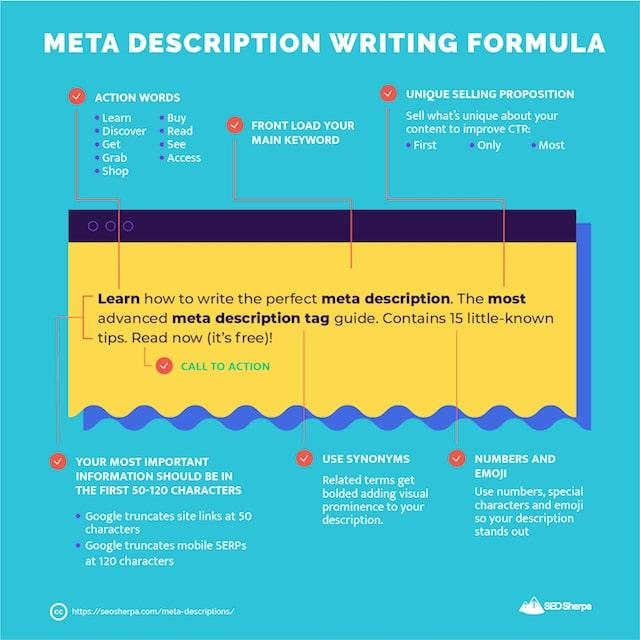
Final Tips for writing Meta Descriptions that Convert
Writing compelling meta descriptions is essential for capturing user attention and driving clicks. Here are some final tips to ensure your descriptions convert effectively:
- keep it concise: Aim for 150-160 characters to ensure your message isn’t cut off in search results.
- Use action-oriented language: Encourage users to take action with phrases like “Learn more,” “Discover,” or “Get started today.”
- Incorporate keywords: Strategically place your primary keywords to improve relevance and visibility without keyword stuffing.
- Highlight unique selling points: What sets your content apart? Whether it’s free resources, exclusive insights, or expert advice, make it clear!
- Match search intent: Ensure your description aligns with what users are searching for.Understand their needs and address them directly.
Consider using the following table to visualize the structure of an effective meta description:
| Component | Description |
|---|---|
| Hook | A catchy opening line that piques interest. |
| Value Proposition | What users will gain by clicking on your link. |
| Call to Action | Encouragement to take the next step. |
remember to test and tweak your descriptions. Monitor click-through rates and make adjustments based on performance data. A/B testing different variations of your meta descriptions can provide insights into what resonates best with your audience. By continuously refining your approach, you’ll be able to create meta descriptions that not only attract attention but also convert visitors into loyal customers.
Frequently Asked Questions (FAQ)
Q&A: Unlocking the secrets of Meta Descriptions
Q1: what exactly is a meta description?
A: Great question! A meta description is a brief summary of a webpage’s content, usually around 150-160 characters long. It’s like a pitch for your page that appears under the title in search engine results. Think of it as your first chance to grab a potential visitor’s attention!
Q2: Why are meta descriptions so important for SEO?
A: Meta descriptions play a crucial role in SEO because they help improve click-through rates (CTR). A compelling meta description can entice users to click on your link rather of others. Even though they don’t directly influence rankings, they can impact visibility and traffic, which are vital for SEO success.
Q3: Can you share some examples of effective meta descriptions?
A: Absolutely! Here are a few examples:
- E-commerce: “Discover the latest in fashion! Shop our exclusive collection of stylish outfits and enjoy 20% off your first order.”
- Blog Post: “Unlock the secrets of productivity with our top 10 tips. Learn how to maximize your efficiency and achieve your goals!”
- service Page: “Looking for reliable plumbing services? Our expert team is just a call away. Get a free estimate today!”
Q4: What elements should I include in a perfect meta description?
A: A perfect meta description should include:
- Keywords: Naturally incorporate relevant keywords to improve visibility.
- Value Proposition: Highlight what makes your content unique or beneficial.
- Call to Action (CTA): Encourage users to take action, like “Learn more” or “Get started today.”
Q5: How can I write a compelling meta description?
A: Start by summarizing the main point of your content in an engaging way. Use active voice, be concise, and avoid jargon. Think about what would make you click! And don’t forget to include a strong CTA to guide users to the next step.
Q6: How often should I update my meta descriptions?
A: It’s a good idea to revisit your meta descriptions regularly—especially when you update your content or notice changes in search trends. Keeping them fresh can help maintain or improve your CTR.
Q7: Are there any common mistakes to avoid when writing meta descriptions?
A: Definitely! Here are a few pitfalls to watch out for:
- Being too vague: Don’t make it sound generic; be specific about what users will find.
- Exceeding the character limit: Keep it concise. Aim for around 150-160 characters to ensure it displays correctly in search results.
- Neglecting CTAs: Always include a call to action to motivate users to click.
Q8: How can I test the effectiveness of my meta descriptions?
A: You can track the performance of your meta descriptions using analytics tools. Look at metrics like CTR and user engagement. A/B testing different versions of meta descriptions can also provide insight into what resonates best with your audience.
Q9: Can I use the same meta description for multiple pages?
A: It’s best to avoid using the same meta description across different pages. Each page should have a unique description that reflects its specific content to improve relevance and avoid confusion for search engines.
Q10: Any final tips for writing awesome meta descriptions?
A: Absolutely! always keep your target audience in mind. Think about what they are searching for and craft your descriptions to meet their needs. Don’t forget to make it engaging and persuasive—after all, you want to stand out in a crowded search results page!
With these insights and examples in hand, you’re now ready to create captivating meta descriptions that drive clicks and engage your audience. Happy writing!
To Conclude
And there you have it! With these 18 meta description examples and the tips on how to craft the perfect one, you’re now equipped to elevate your SEO game.Remember, a well-written meta description isn’t just a couple of sentences; it’s your chance to make a lasting impression and invite clicks from potential visitors.
so, don’t just settle for generic descriptions—put in the effort to make them compelling, relevant, and engaging. Test different styles, analyze the results, and continually refine your approach. The right meta description can significantly boost your visibility in search results and attract the audience you’ve been targeting.Ready to transform your meta descriptions? Dive in, get creative, and watch your click-through rates soar! If you have any questions or need further guidance, don’t hesitate to reach out. Happy writing!

